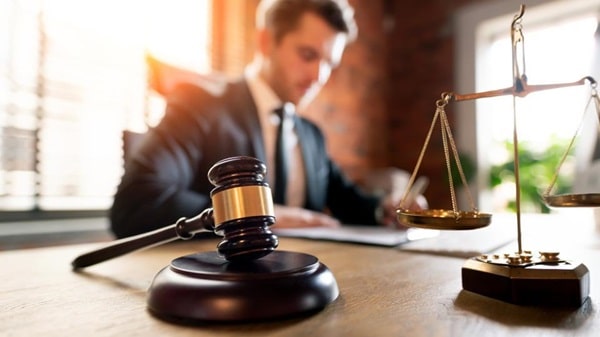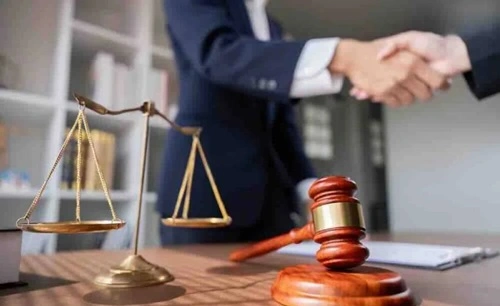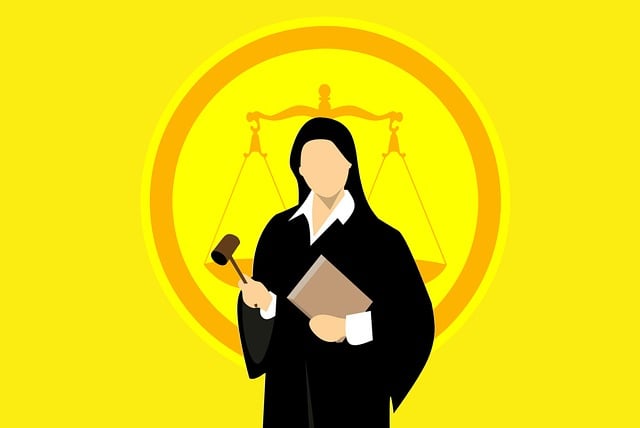Gardasil, a vaccine designed to protect against the human papillomavirus (HPV), has been hailed as a critical tool in the fight against certain types of cancer. However, recent lawsuits against the vaccine’s manufacturer, Merck & Co., have ignited a fierce legal battle over its safety. Thousands of plaintiffs have filed lawsuits claiming that Gardasil has caused serious, life-altering injuries, primarily due to autoimmune disorders triggered by the vaccine. This article delves into the details of the Gardasil lawsuits, exploring the nature of the claims, the legal landscape, and the potential consequences for Merck and vaccine recipients.
The Gardasil Vaccine and Its Purpose
Gardasil was first approved by the U.S. Food and Drug Administration (FDA) in 2006, with an updated version, Gardasil 9, approved in 2014. The vaccine is recommended for boys and girls starting as young as nine to protect against HPV-related cancers, including cervical, anal, and oropharyngeal cancers, as well as genital warts. HPV is one of the most common sexually transmitted infections, and Gardasil’s role in preventing the spread of high-risk HPV strains has made it a cornerstone of public health strategies.
Despite its benefits, Gardasil has faced scrutiny from some in the medical community and the public due to concerns over its safety. This criticism has gained traction in the courts, where plaintiffs allege that the vaccine caused serious adverse effects, such as autoimmune disorders like Postural Orthostatic Tachycardia Syndrome (POTS), Guillain-Barré syndrome (GBS), and other chronic conditions.
The Allegations: Key Claims in the Gardasil Lawsuits
The lawsuits against Merck generally allege that the company failed to provide adequate warnings about the risks associated with Gardasil. The plaintiffs claim that the vaccine’s ingredients, including aluminum-based adjuvants, triggered autoimmune responses in certain individuals. These ingredients, such as amorphous aluminum hydroxyphosphate sulfate (AAHS), are alleged to have caused severe side effects by interacting with the body’s immune system in ways that were not fully disclosed or tested.
One of the central legal arguments involves the National Childhood Vaccine Injury Act (NCVIA), which provides liability protection to vaccine manufacturers under certain conditions. Plaintiffs argue that Merck’s failure to properly inform the public and medical professionals about the potential risks violated this act, making them liable for the injuries caused. Merck, on the other hand, contends that the vaccine was thoroughly tested and that the risks were adequately disclosed, adhering to FDA guidelines.
Gardasil Multidistrict Litigation (MDL)
As the number of Gardasil lawsuits has grown, many of the cases have been consolidated into a Multidistrict Litigation (MDL) in the U.S. District Court for the Western District of North Carolina. This MDL, presided over by Judge Robert J. Conrad Jr., centralizes pretrial proceedings for cases involving similar claims against Gardasil to streamline the process and avoid inconsistent rulings across different jurisdictions.
As of late 2024, approximately 60 lawsuits have been filed within the MDL, with many more expected. The MDL is designed to address common factual and legal questions, including whether Merck knew or should have known about the alleged risks of the vaccine and whether the company provided sufficient warnings to doctors and patients. The first bellwether trials—test cases that will help predict the outcome of the broader litigation—are scheduled for 2025. These trials could set the tone for potential settlements or further legal action.
Merck’s Defense and Challenges
Merck has denied the allegations, asserting that Gardasil is a safe and effective vaccine that underwent rigorous testing before receiving FDA approval. The company points to the significant body of scientific evidence supporting the vaccine’s safety, with over 135 million doses administered worldwide. Merck also argues that the known risks associated with Gardasil are clearly communicated to healthcare providers and patients, in line with federal regulations.
In addition, Merck’s legal strategy has focused on challenging the plaintiffs’ claims under the NCVIA, which typically requires vaccine-related claims to go through a specialized “vaccine court” before proceeding in civil courts. This could significantly limit the scope of the lawsuits and the potential liability for Merck.
However, the plaintiffs’ legal teams are fighting back, arguing that Merck’s conduct warrants bypassing the protections of the NCVIA. They claim that Merck engaged in misleading marketing practices and that critical safety information was concealed from both the public and the FDA.
Potential Outcomes and Broader Implications
The outcome of the Gardasil lawsuits could have wide-reaching implications, not only for Merck but also for the broader vaccine industry. If the plaintiffs succeed, it could lead to substantial financial settlements and prompt changes in how vaccine manufacturers disclose potential side effects. Additionally, the lawsuits may fuel vaccine skepticism, particularly in a post-pandemic world where vaccine safety remains a contentious issue.
Merck is likely to continue its defense aggressively, but the sheer volume of cases and the public nature of the allegations present significant challenges. Even if Merck prevails in the bellwether trials, the company may still face reputational damage and a possible drop in public confidence in its vaccine portfolio.
Conclusion
The Gardasil vaccine lawsuits highlight the complex legal and ethical issues surrounding vaccines and public health. While vaccines like Gardasil play a critical role in preventing life-threatening diseases, the ongoing litigation raises important questions about transparency, safety, and accountability in the pharmaceutical industry. As the cases move toward trial, the outcomes could reshape the landscape of vaccine litigation and influence how future vaccines are regulated and marketed.
The Gardasil litigation is far from over, but the stakes are high for all parties involved. As more information emerges and the legal battle intensifies, the public will be watching closely to see how the courts balance the need for public health protection with the rights of individuals allegedly harmed by the very products meant to keep them safe.


